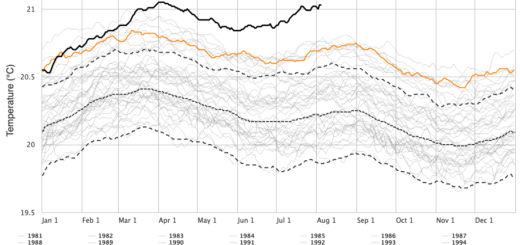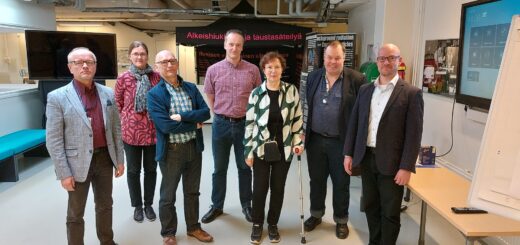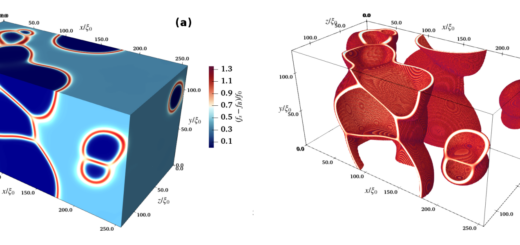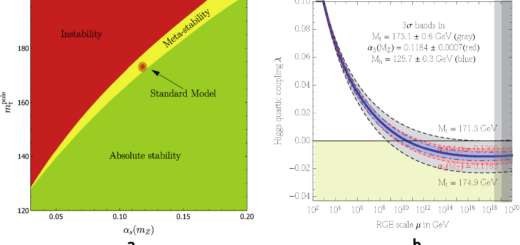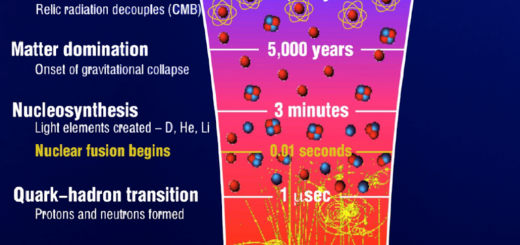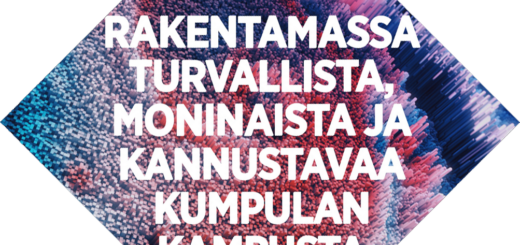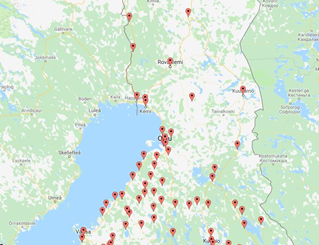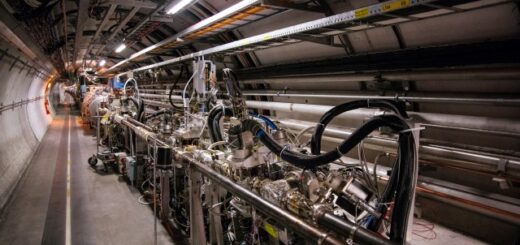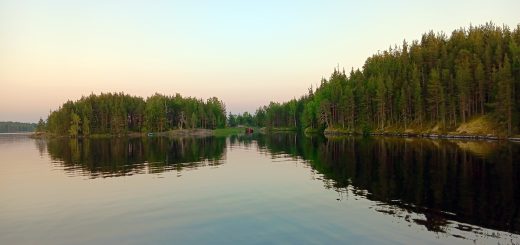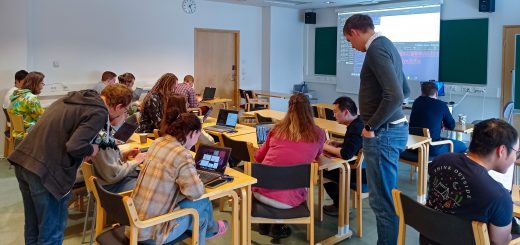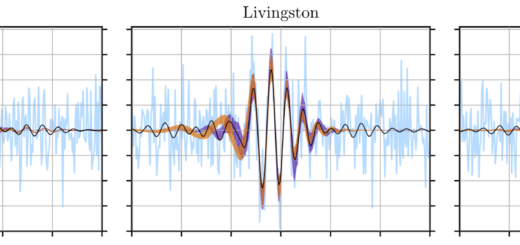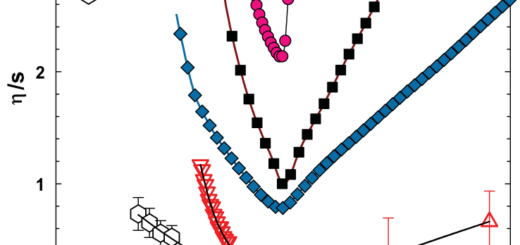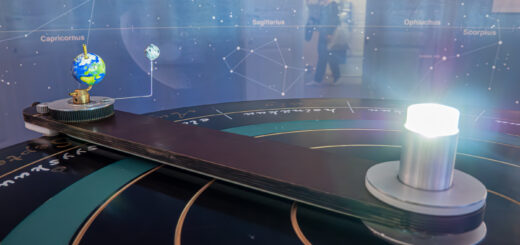How to engage the brightest talents in science

I have just finished yet another course at the university. Well ok, it is about 15 years if I recall correctly since obtaining previous credits and this time I did not have much to say whether to do the university pedagogy course or not. Expectations were not that high after hearing comments about previous courses and the lectures taking place amid a hectic work period. The pedagogy course I completed was enlightening. I did not only learn about different teaching techniques, theories, assessment methods, importance of feedback, self-reflection etc., but thanks to participants from different faculties I also got a glimpse of how teaching is conducted elsewhere in the university.
Until very recently, and apart from random lectures and supervision of students, I had not been involved in teaching nor witnessed how it has developed. Teaching has taken big steps since I graduated. The digital revolution was just around the corner, but still lectures typically involved chalk, blackboard and lots of copying. Behavioristic teaching methods ruled the lecturing scene and the same lecture notes were rotated time and again.
Benefits from digitalization have been discussed a lot and without a doubt they are plenty. However, digitalization can also distract learning processes. Information is easily available on demand, ask Google for example. Mobile devices seem to be difficult to be set aside for lectures, in particular for diginatives. One should not only focus on opportunities made possible by digitalization, but also continuously develop other aspects of teaching. The concept of Primetime learning developed by Pekka Koskinen and colleagues [1], physicist of course, works as a prime example where new teaching techniques meet potential of modern technology.
University teaching is based on research. While research is a mission for many of us, teaching is too often a mandatory assignment. Thus it is not surprising if lecturers do not always throw themselves into their teaching duties. That is unfortunate and shortsighted. Lecturers should take teaching seriously and make sure that students’ motivations remain high. This is increasingly important, especially in physics and natural sciences in general where the number of applicants per year have not taken off. Fortunately, university researchers are characteristically ambitious and willing to perform good lectures. In ideal case, lecturers are the leading experts in the field they are teaching. But it is also the task of grammar and high schools to make sure the level of education remains high. The PISA results obtained in Finland over the last decade are of concern [2]. At the same time, it is our responsibility for taxpayers to present and explain our own research in clear and understandable manner.
Physics was, and from what I have learned from current students it still is, more laborious than most of the other subjects. Nevertheless, we have to push the graduate students through their masters within the same time frame as other subjects do. The same applies for post-graduate studies. Our challenges are clear, how to attract the best talents and the most motivated students not only to choose physics, but to graduate as well. Regardless to say, but if the target number of master thesis per year is higher than the number of accepted students, the challenge is immense, one might even consider it impossible.
The traditional lecturing still has its place in the university. All the new teaching platforms, methods and environments are meaningless without a competent and enthusiastic teacher. I would not have chosen academic career and experimental nuclear physics if I hadn’t had inspiring lecturers. My bread comes from fundamental research and everyday I learn new things as if I was still at school. When my time comes to teach, I hope I can pass on the same passion and inspiration as my mentors did.

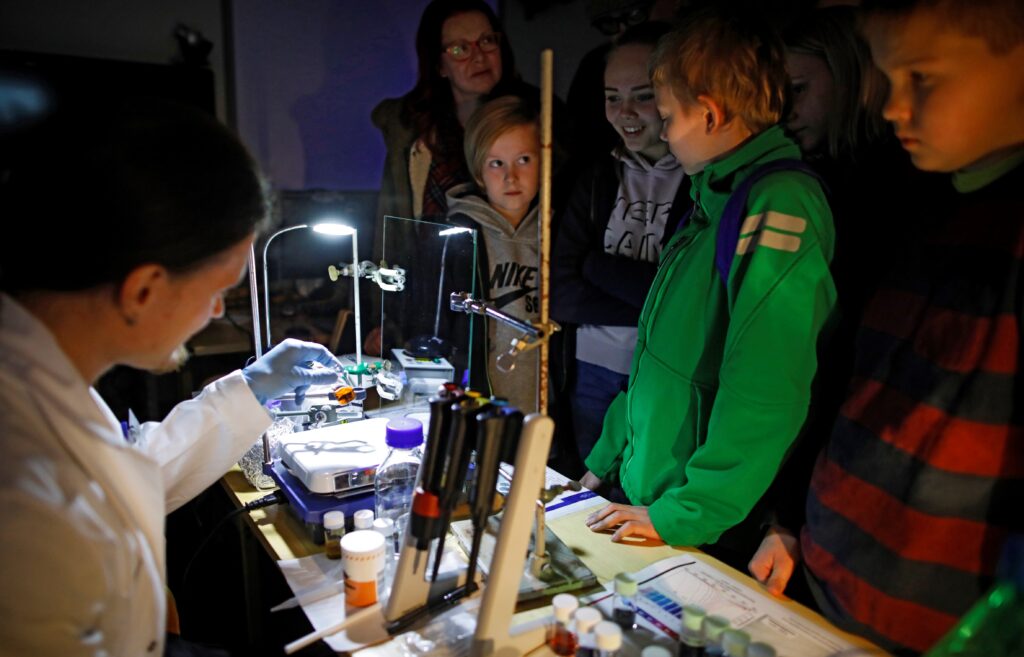
Engaging general public in science during Tutkijoiden yö in Jyväskylä.
Janne Pakarinen
University researcher
HIP-ISOLDE project leader, University of Jyväskylä
[1] Basic Studies in University Pedagogy, University of Jyväskylä,
https://www.jyu.fi/edupsy/fi/yliopistopedagogiset-opinnot/ype_en
[2] P. Koskinen, J. Lämsä, J. Maunuksela, R. Hämälainen and J. Viiri, Primetime learning: collaborative and technology-enhanced studying with genuine teacher presence, IJ STEM Ed 5, 20 (2018).
https://doi.org/10.1186/s40594-018-0113-8
[3] PISA 2018 results, https://www.oecd.org/pisa/publications/pisa-2018-results.htm


